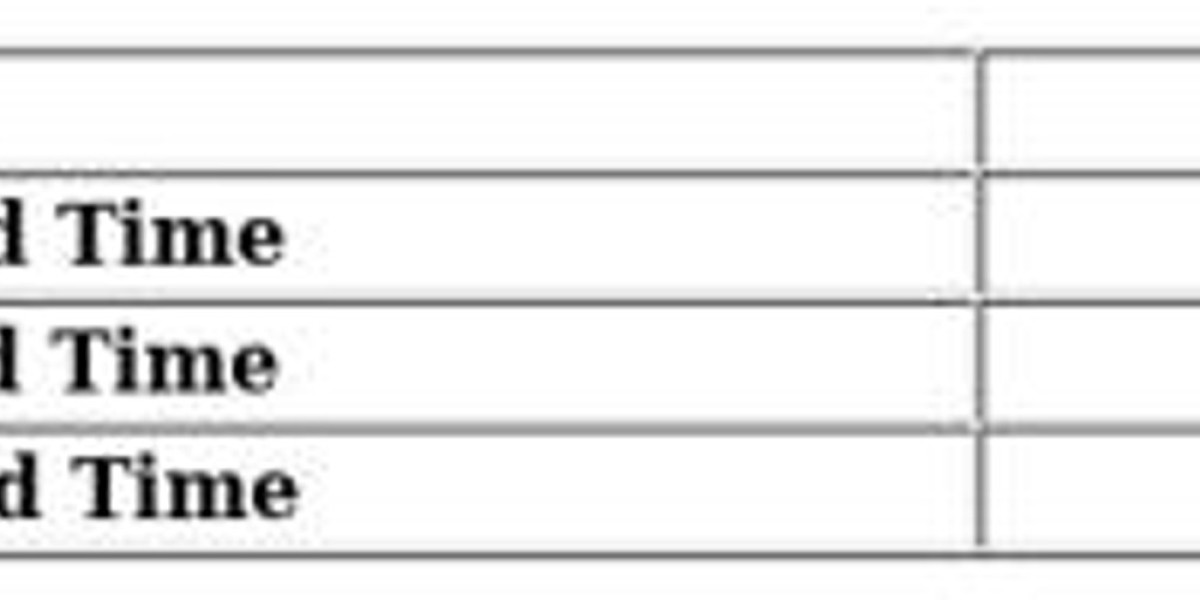Initial policy searches often miss important sources of coverage, layers of liability, excess policies, prior carriers, or obscure endorsements that materially change what’s available.
“Policy limit tracing” is the process of following the trail of insurance obligations and limits across companies, time, and contract language to uncover the full pool of coverage. For claimants, defense counsel, and risk managers, doing this thoroughly can transform an underpaid or stalled claim into a solvable one. This article explains what policy limit tracing is, why it matters, and practical steps to uncover hidden insurance coverage.
Why policy limit tracing matters
Insurance policies are rarely simple. A single loss may implicate multiple policies (primary, umbrella/excess, CGLs, D&O, EPLI, auto, professional liability, subcontractor policies), different policy periods, and carriers with varying responsibilities.
Missing even one layer can reduce recovery, leave claimants undercompensated, or create unnecessary litigation. For defendants and insurers, failing to identify the full coverage picture can expose them to bad-faith claims or surprise allocation battles.
Effective limit tracing provides a clearer view of available funds, supports settlement strategies, and reduces litigation risk.
Common places coverage hides
Prior or successor carriers. If the loss spans multiple policy periods, an earlier or later insurer might pick up part of the claim under “occurrence” or “claims-made” policy triggers.
Umbrella and excess policies. These only pay after Policy Limit Tracing is exhausted, and their existence is sometimes disclosed only in endorsements, certificates, or corporate accounting records.
Subcontractor or vendor policies. Injuries or property damage caused by subcontractors often carry separate coverage that can be recovered against them.
Endorsements and carve-outs. Endorsements can broaden or narrow coverage in ways that are not obvious from the main policy face sheet.
Related entities and “named insureds.” Holding companies, subsidiaries, or affiliated corporations may be insured under a parent policy—often discoverable only by examining corporate records.
Tail coverage, extended reporting periods, and retro policies. These matters especially matter in professional liability and environmental claims.
Certificates, master policies, and program structures. Large organizations frequently use master policies or programs that aren’t obvious from a single policy excerpt.
Step-by-step limit tracing process
1. Gather all documents immediately
Start with the policy declarations, endorsements, claims-made notices, loss runs, certificates of insurance, contracts, purchase orders, and any correspondence with brokers or carriers. Loss runs are especially helpful—they summarize reported claims and the policies that touched them. Early preservation of these documents prevents accidental destruction or loss.
2. Map the corporate and contractual landscape
Identify all parties involved: insureds, contractors, vendors, subsidiaries, parent companies, and financiers. Review contracts for indemnity, additional-insured clauses, hold-harmless terms, and insurance requirements. Contracts often point directly to which party’s policies can be accessed.
3. Review loss runs and broker files
Loss runs show which carriers were notified and whether reserves were set. Broker files and placement records frequently include binder letters, program structures, and notes about excess layers that are not captured in policy declarations sent to insureds.
4. Analyze policy language and triggers
Determine whether a policy is “claims-made” or “occurrence” based, and identify the applicable policy period. Pay attention to definitions of “insured,” “occurrence,” “damages,” and “insured contract,” as subtle language changes can shift responsibility between carriers.
5. Look beyond the obvious: endorsements and exclusions
Endorsements can add additional insureds, broaden geographic scope, or change limits. Exclusions may carve certain losses out entirely. Both are essential to understanding whether a policy is truly available for a specific loss.
6. Search for umbrella and excess layers
Once primary coverage is identified, trace upward—umbrella and excess policies will only respond after primary limits are exhausted, but they often carry larger limits and broader language. Broker placement sheets and program documents commonly list these layers.
7. Check prior and subsequent policies
If the claim involves injuries or damages over time, prior carriers may be liable under occurrence-based policies; claims-made policies may allow reporting under extended reporting periods or tail coverage purchased by a prior insured.
8. Use public and private databases
Claims registries, court filings, and public business records can reveal prior insurer involvement. Commercial databases and insurer registries can also reveal historical placements and program structures for large insureds.
9. Communicate with brokers and carriers
A direct call or formal request for information to brokers and insurers can reveal additional policies, reinsurance arrangements, or endorsements not in the initial file. Maintain written records of all requests and responses.
10. Consider forensic accounting and corporate discovery
If the policy trail is intentionally obscured or corporate structures are complex, forensic accounting or formal discovery (for litigants) can be used to unearth master policies, placement memoranda, or related-insured arrangements.
Pitfalls and traps
Relying on a single document. A declarations page alone rarely tells the whole story.
Misreading triggers. Confusing “claims-made” and “occurrence” can misplace responsibility.
Missing reinsurance and retrocession. The presence of reinsurance can affect how much the direct carrier can pay for a claim.
Assuming absence of evidence equals evidence of absence. Just because a policy wasn't initially disclosed doesn't mean it doesn't exist.
Time-sensitive rights. Failing to notify an insurer timely or to preserve evidence can forfeit coverage rights.
Practical tips for claimants and attorneys
Send immediate written notice to all potentially implicated insurers and brokers—preserve rights.
Obtain complete loss runs and binder letters; ask the insured to supply broker files.
Use document requests and subpoenas when dealing with non-cooperative parties.
Consider hiring coverage counsel early—interpreting policy language and navigating allocation is a specialist task.
Aggregate claims strategically to maximize umbrella/excess recovery when appropriate.
Keep a clear chain of custody and a documented audit trail of all policy and placement documents.
Legal and ethical considerations
Tracing policies sometimes requires digging into confidential broker files or corporate documents. Follow applicable discovery rules and privacy laws; don’t attempt deceptive practices to obtain private documents. When in doubt, use formal legal channels—discovery, subpoenas, or motions to compel—to obtain hidden policy information. Coverage counsel can advise on privilege issues and where communications may be protected.
Conclusion
Policy limit tracing is a forensic exercise: methodical, document-driven, and often investigative. The rewards are tangible—uncovering an excess layer or a previously unrecognized named insured can change settlement dynamics, unlock recovery, and protect both claimants and insureds from unexpected shortfalls.
Whether you’re a claimant, lawyer, insurer, or risk manager, investing the time to trace policy limits pays off. Start early, gather comprehensively, analyze precisely, and when necessary, escalate to formal discovery—coverage is often there; it just needs the right map to find it.








